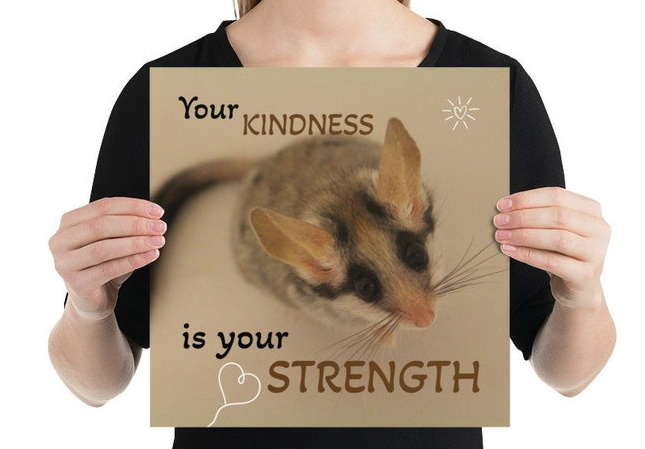Getting to Know your New Pet
Kid-friendly Guide to Handling Rodents
This is a general guide for handleable pets only, not exotics, and is not species-specific. Some exotic rodents are 'look-only' pets and will never become tame. Others, such as roborovski hamsters, may occasionally be tame enough to handle but will still be extremely quick! Syrian hamsters, mice and rats are amongst the easier pets to handle.
Find your chosen species from our species list and see the sections on behaviour for specific information. Rodents from an ethical breeder should have been handled from a young age, similarly a good rescue will be able to give you an insight into the character of your pet and hopefully a headstart on taming. Pet shop hamsters will be more flighty but with regular work they will become happier with you.
Settling in
Firstly, hard as it is, it is important to let your new pet get used to their new environment before trying to handle them. Let them have a day, or more importantly, night, to get used to their new cage and all the sounds and scents of your household. Remember many rodents are more active in the evening and night than the day.
First steps
You can start by getting your pet used to your voice. Rodents tend to love routine, so feeding at the same time each day will help with this. Your pet will get used to your voice and become curious, especially once they start associating you with interesting food and toys. Remember not to offer food to your pet through the bars, as this can then lead to them mistaking fingers for tasty treats!
Once your pet is calmer at your voice, you can open the cage door if front-facing and offer treats through this. If your cage opens from the top, your job is a little harder. As prey animals, your pet is used to thinking of something approaching from above as a predator. For that reason, training them to go into a toilet roll to be picked up can sometimes work better than hands.
Picking up
If your hamster is confident enough, they may step onto a flat palm placed in the cage. You can then gently lift them up in cupped hands. Make sure to do this slow enough that your pet is not alarmed and will not come to harm if they jump suddenly.
Handling is best done whilst seated, to avoid risk of falls. You can also sit carefully in a dry, clean bathtub if you want to let your pet get used to you by climbing over you in a safe environment. If you let them out in a room, you must first rodent-proof it. Your pet is excellent at finding spots you did not know existed, such as holes behind radiators, and some will be perfectly happy chewing wires.
Toilet tube training
This method involves waiting for your pet to investigate a toilet tube, or small box, and when inside you block both exits and lift up. You can then let them walk safely onto your hands, or a safe environment such as a dry, clean bathtub, a bed or sofa (though watch out for jumping off or climbing under cushions!).
Handling Tips
With flattened palms or by making a tunnel with your hands, you can alternate hands to give a passage for your pet to run through. Some rodents toilet quite frequently when out, so try not to react to this - they can't help it! - and maybe keep some wipes to hand to clean your hands with.
Double beds, just before the bedding is going to be changed anyway, make excellent large spaces to free-roam your pet on. However if you have more than one, such as a group of mice, you will want another human there to help you in case of jumpers.
Play pens are a good idea for hamsters, rats and mice especially, though they must be supervised whilst using these and many barred ones still allow for a rodent to climb out.
If your pet does nip, don't panic! Blow softly on their nose and say no in a firm but calm voice. Your pet may be telling you that you were a bit rough, or they may have been alarmed by something you did not notice. The important part is to keep trying, to stay calm and gentle, and learn together with your pet.
With a regular routine, your pet will get to know you with many learning their name and coming when called. Good luck!


